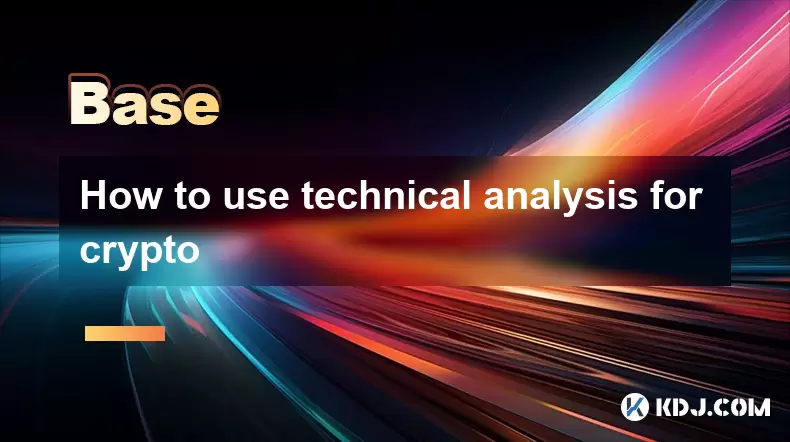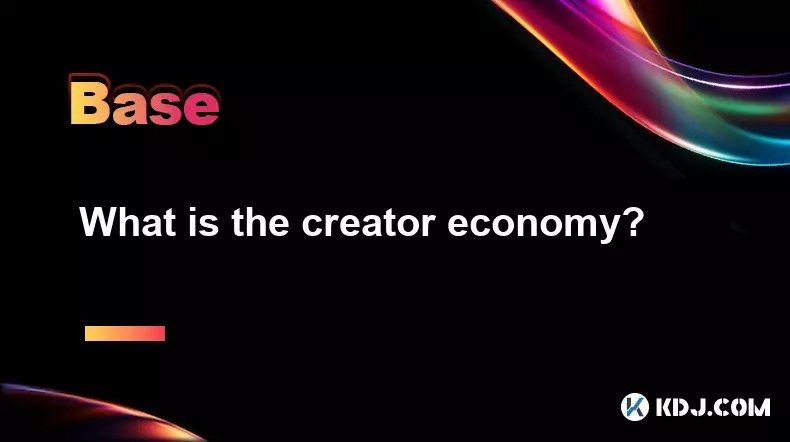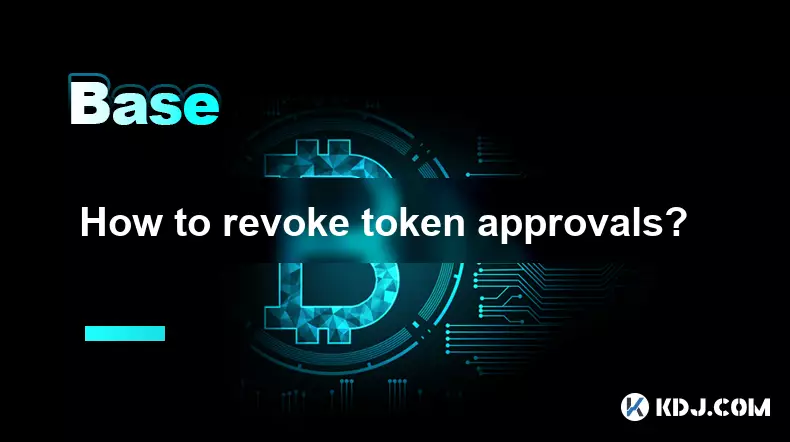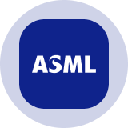-
 Bitcoin
Bitcoin $111300
-0.83% -
 Ethereum
Ethereum $4296
-0.28% -
 XRP
XRP $2.970
-0.28% -
 Tether USDt
Tether USDt $0.0000
0.01% -
 BNB
BNB $876.7
-0.13% -
 Solana
Solana $216.7
0.50% -
 USDC
USDC $0.9998
0.01% -
 Dogecoin
Dogecoin $0.2424
1.50% -
 TRON
TRON $0.3345
0.88% -
 Cardano
Cardano $0.8635
0.03% -
 Hyperliquid
Hyperliquid $53.38
5.54% -
 Chainlink
Chainlink $23.07
0.27% -
 Ethena USDe
Ethena USDe $1.001
0.02% -
 Sui
Sui $3.463
-0.21% -
 Stellar
Stellar $0.3738
-0.33% -
 Bitcoin Cash
Bitcoin Cash $578.5
-1.51% -
 Avalanche
Avalanche $26.00
2.07% -
 Hedera
Hedera $0.2276
0.77% -
 UNUS SED LEO
UNUS SED LEO $9.548
0.02% -
 Cronos
Cronos $0.2597
2.73% -
 Litecoin
Litecoin $112.0
-0.64% -
 Toncoin
Toncoin $3.089
-0.29% -
 Shiba Inu
Shiba Inu $0.00001285
-0.10% -
 Polkadot
Polkadot $4.098
1.54% -
 Uniswap
Uniswap $9.484
-0.88% -
 Ethena
Ethena $0.8361
8.06% -
 Dai
Dai $0.9998
0.01% -
 Monero
Monero $269.5
-0.68% -
 World Liberty Financial
World Liberty Financial $0.1994
-4.02% -
 Aave
Aave $299.1
-1.29%
How to use technical analysis for crypto
Technical analysis in crypto uses historical price data and indicators like RSI, moving averages, and candlestick patterns to predict market trends and inform trading decisions.
Jul 15, 2025 at 07:42 pm

Understanding the Basics of Technical Analysis in Cryptocurrency
Technical analysis is a method used to evaluate and predict future price movements based on historical data, primarily price and volume. In the context of cryptocurrency, technical analysis helps traders make informed decisions by identifying patterns and trends in charts. Unlike fundamental analysis, which focuses on intrinsic value, technical analysis relies heavily on visual representations of market behavior.
Traders often use candlestick charts, line charts, or bar charts to interpret how a particular cryptocurrency's price has moved over time. The core belief behind technical analysis is that all known information is already reflected in the price, and history tends to repeat itself through recognizable patterns.
Candlestick patterns
are among the most popular tools for analyzing short-term price movements in crypto markets. Each candlestick represents a specific time period and displays open, high, low, and close prices. Recognizing formations such as hammers, engulfing patterns, and doji can signal potential reversals or continuations.
Key Indicators Used in Crypto Technical Analysis
Several indicators help traders understand market conditions and possible turning points. These include:
- Moving Averages (MA): These smooth out price data to create a single flowing line, making it easier to identify trends. The two most common types are Simple Moving Average (SMA) and Exponential Moving Average (EMA).
- Relative Strength Index (RSI): This momentum oscillator measures the speed and change of price movements. RSI values above 70 suggest overbought conditions, while values below 30 indicate oversold conditions.
- Bollinger Bands: These consist of a middle moving average band and two outer bands set at standard deviations away from the middle band. They help assess volatility and potential price breakouts.
Each indicator serves a unique purpose and should be combined with others to increase accuracy and reduce false signals.
Using Chart Patterns to Predict Price Movements
Chart patterns are visual structures formed by price action that can indicate future movement. Some of the most commonly observed patterns in cryptocurrency trading include:
- Head and Shoulders: A reversal pattern indicating a potential downtrend after an uptrend.
- Triangles: These can be ascending, descending, or symmetrical and often precede a breakout in either direction.
- Double Tops and Bottoms: These patterns suggest a reversal after a prolonged trend.
Identifying these patterns early can offer traders entry and exit opportunities. It’s crucial to wait for confirmation before acting on any pattern—this typically involves a candle closing beyond the neckline or support/resistance level.
Setting Up a Trading Strategy Using Technical Tools
A solid technical trading strategy includes multiple layers of analysis to filter noise and focus on high-probability setups. Here’s how you can build one:
- Choose a time frame that suits your trading style. Day traders may prefer 15-minute or 1-hour charts, while swing traders might look at daily or weekly charts.
- Overlay key technical indicators like RSI, MACD, and Bollinger Bands onto your chart.
- Identify support and resistance levels using horizontal lines or trendlines drawn between significant highs and lows.
- Wait for confluence—when multiple indicators align, the probability of a successful trade increases.
- Set stop-loss and take-profit levels to manage risk effectively.
This layered approach ensures that you’re not relying on a single signal but combining several tools to increase confidence in your trades.
Common Mistakes to Avoid When Applying Technical Analysis
Even experienced traders can fall into traps when interpreting charts and indicators. Some common mistakes include:
- Overloading charts with too many indicators, leading to confusion and indecision.
- Ignoring market sentiment or news events that can override technical signals.
- Failing to backtest strategies before applying them to live trading.
- Chasing trades without waiting for proper confirmation.
- Not adjusting strategies for different market conditions like trending versus ranging environments.
Avoiding these pitfalls requires discipline, patience, and continuous learning. Traders should also maintain a trading journal to review past trades and refine their strategies accordingly.
Frequently Asked Questions (FAQs)
What is the best time frame for technical analysis in crypto?There is no universally 'best' time frame—it depends on your trading style. Short-term traders often use 15-minute to 1-hour charts, while medium to long-term traders rely on daily or weekly charts.
Can technical analysis work during high volatility in crypto markets?Yes, but it requires careful interpretation. Volatility can cause false breakouts and erratic price swings, so using additional filters like volume or volatility-adjusted indicators can improve accuracy.
Is technical analysis reliable for all cryptocurrencies?While technical analysis applies broadly, its effectiveness can vary depending on liquidity and market depth. Major coins like Bitcoin and Ethereum tend to follow technical patterns more reliably than smaller altcoins.
How do I know if a chart pattern is valid?A valid pattern usually forms after a strong trend and is confirmed by a price move beyond a key level (like a neckline or breakout point). Volume during the formation and breakout also plays a critical role in validation.
Disclaimer:info@kdj.com
The information provided is not trading advice. kdj.com does not assume any responsibility for any investments made based on the information provided in this article. Cryptocurrencies are highly volatile and it is highly recommended that you invest with caution after thorough research!
If you believe that the content used on this website infringes your copyright, please contact us immediately (info@kdj.com) and we will delete it promptly.
- BlockDAG, DOGE, and XRP: Navigating Crypto Milestones in a Shifting Market
- 2025-09-10 14:25:15
- Meme Coins, Crypto Whales, and Investment Strategies: What's Hot in 2025?
- 2025-09-10 14:25:15
- Cloud Mining in 2025: Platforms Delivering Reliable Profits
- 2025-09-10 14:30:12
- Crypto Market Bracing for Violent Move: What's Next?
- 2025-09-10 12:25:13
- CoinShares' Nasdaq Debut: Redefining Crypto on Wall Street
- 2025-09-10 12:45:15
- Kaspa, BlockDAG, Solana: Unpacking the Crypto's Latest Buzz
- 2025-09-10 12:25:13
Related knowledge

What is the creator economy?
Sep 10,2025 at 02:54am
Understanding the Creator Economy in the Digital Age1. The creator economy refers to a digital ecosystem where individuals produce content, build audi...

What is social recovery for wallets?
Sep 09,2025 at 09:54am
Understanding Social Recovery in Cryptocurrency Wallets1. Social recovery is a security mechanism designed to help users regain access to their crypto...

What is DeFiLlama?
Sep 10,2025 at 09:18am
What Is DeFiLlama and Why It Matters in the Crypto Space1. DeFiLlama is a data analytics platform that focuses on decentralized finance (DeFi) protoco...

How to revoke token approvals?
Sep 09,2025 at 12:18am
Understanding Token Approvals in the Crypto Ecosystem1. Token approvals are a foundational component of blockchain interactions, especially within dec...

What is a crypto sandbox?
Sep 09,2025 at 07:01pm
Understanding the Concept of a Crypto Sandbox1. A crypto sandbox is a controlled environment where blockchain and cryptocurrency projects can operate ...

What is a validator node?
Sep 09,2025 at 11:55pm
Understanding Validator Nodes in Blockchain Networks1. A validator node is a crucial component in many blockchain networks, particularly those that op...

What is the creator economy?
Sep 10,2025 at 02:54am
Understanding the Creator Economy in the Digital Age1. The creator economy refers to a digital ecosystem where individuals produce content, build audi...

What is social recovery for wallets?
Sep 09,2025 at 09:54am
Understanding Social Recovery in Cryptocurrency Wallets1. Social recovery is a security mechanism designed to help users regain access to their crypto...

What is DeFiLlama?
Sep 10,2025 at 09:18am
What Is DeFiLlama and Why It Matters in the Crypto Space1. DeFiLlama is a data analytics platform that focuses on decentralized finance (DeFi) protoco...

How to revoke token approvals?
Sep 09,2025 at 12:18am
Understanding Token Approvals in the Crypto Ecosystem1. Token approvals are a foundational component of blockchain interactions, especially within dec...

What is a crypto sandbox?
Sep 09,2025 at 07:01pm
Understanding the Concept of a Crypto Sandbox1. A crypto sandbox is a controlled environment where blockchain and cryptocurrency projects can operate ...

What is a validator node?
Sep 09,2025 at 11:55pm
Understanding Validator Nodes in Blockchain Networks1. A validator node is a crucial component in many blockchain networks, particularly those that op...
See all articles
























































































